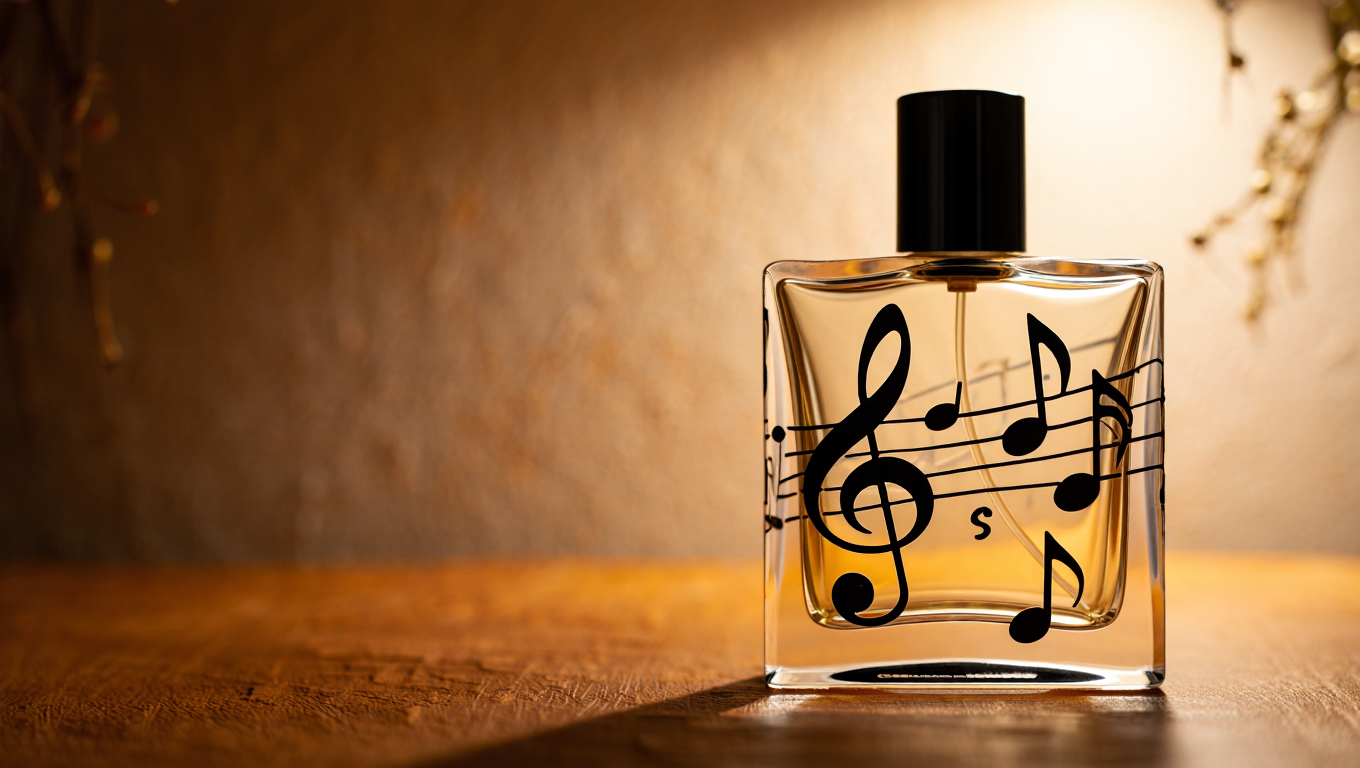
Perfume Accords: Practice, Complexity, and Benefits
What Are Perfume Accords?
A perfume accord is essentially a balanced blend of several components that work together to form a new, cohesive aromatic profile—much like a chord in music. Historically, the use of accords can be traced back to the earliest major perfumery houses. These were the famous perfume bases that were repeatedly employed, eventually becoming a hallmark of the brand. Today, accords remain an indispensable part of crafting a professional, well-rounded fragrance.
Why Accords Matter in Modern Perfumery
- Saving Time and Resources
When a perfumer needs to quickly create a fragrance for a new product line, pre-made accords become invaluable. They help avoid countless hours of testing from scratch, offering ready-made structures to refine and expand. - Consistent Results
In large perfume houses, maintaining a uniform scent from batch to batch is crucial. A well-tested accord provides a stable foundation, allowing for small tweaks without disrupting the overall composition. - Flexibility in Creating New Fragrances
Accords act like modular building blocks that can be combined, intensified, or softened with additional notes. A classic fougère accord may be enhanced with citrus or spices; an amber accord can be enriched with woody or leathery nuances. This approach greatly broadens the perfumer’s palette, making the development of new perfumes faster and more diverse.
Working with Accords: Key Points
- Composition and Structure
Any accord contains notes at various levels: top (which evaporate quickly), middle (often called the “soul” of the scent), and base (the core support of the composition). Achieving harmony among them involves multiple rounds of testing and fine-tuning. - Relative Universality
A well-developed accord can function like a single note in the final fragrance. This modular approach makes it easier to build complex perfume structures.
Classic Examples of Perfume Accords
- Amber Accord: Often a blend of frankincense, vanilla, labdanum, ambroxan, and other “warm” components.
- Fougère Accord: Characterized by lavender, coumarin (tonka bean), oakmoss, and sometimes bergamot or other bright, fresh notes.
- Leather Accord: Incorporates birch tar, castoreum, saffron, or modern synthetic ingredients mimicking suede-like nuances.
Practical and Aesthetic Advantages
- Simplifies the Creative Process
By relying on tried-and-tested combinations, perfumers can reach a desired fragrance concept more quickly. - Establishes a “Signature” Style
An accord often becomes a brand’s hallmark, fostering recognition and loyalty among fans. - Evolution and Innovation
Updating trusted accords with modern molecules or newly available naturals breathes life into classic recipes, fueling both market trends and artistry.
Over centuries of experimentation and dedication, perfumers have refined the art of using accords to save time, guarantee stable quality, spark creativity, and preserve each brand’s unique olfactory “signature.” Far from being just a convenient tool, accords are a cornerstone of contemporary perfume culture—enabling the creation of cohesive, memorable compositions while still allowing ample space for innovation.





Pingback: From Concept to Bottle: The Lifecycle of a New Perfume - olfactive aesthetics author's niche perfumery
March 26, 2025